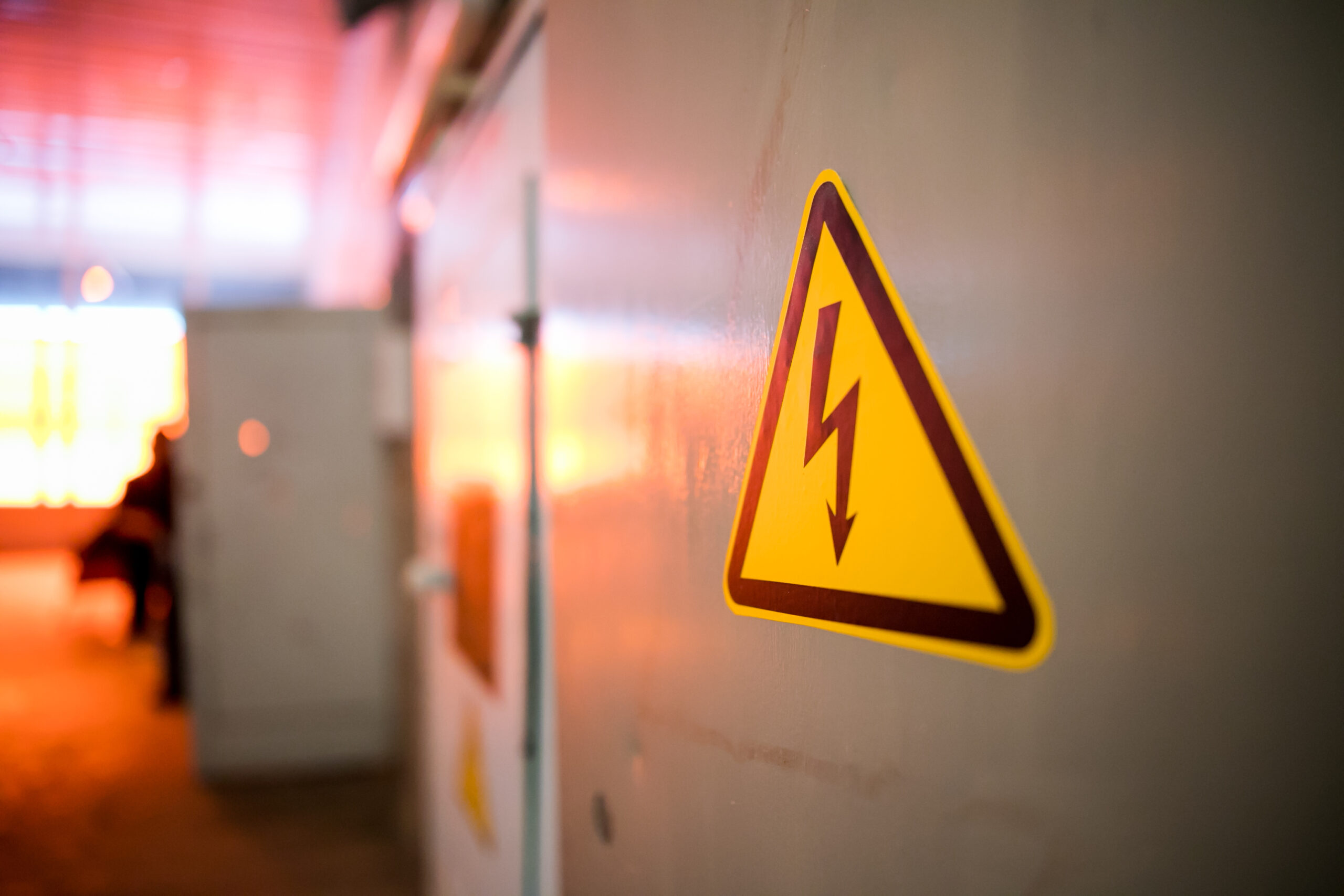No products in the cart.
Power Solutions
Electrical Safety Ratings 101
It’s no secret that using equipment without proper electrical safety ratings can be dangerous. Many pieces of electrical equipment are located outside, exposed to elements such as rain, sleet, or snow. Since there are so many factors that can jeopardize safety, using electrical equipment that checks off every box in its safety review is the only way to go.
However, decoding safety rating acronyms and understanding what each of them means can be tricky. The good news is that Power Assemblies is here to help clarify why safety ratings are important, what they mean, and how they work to keep your customers out of harm’s way.
Without standardized safety testing, there’s a good chance that equipment could have faulty wiring and insulation. So, it probably won’t come as a surprise that unrated equipment is prone to defects that can cause severe electrical hazards. Because of this, selling equipment with poor safety measures leaves your customers and their teams vulnerable to deadly outcomes like fires and even electrical shocks. All of Power Assemblies distribution equipment is inspected before shipping to our distributors. We believe in taking every step to make sure that our equipment includes all the necessary safety ratings and is ready to be installed.
Always remember that safety ratings are much more than simply trying to comply with codes, it’s a commitment to protecting the well-being of your clientele as well as your reputation. To top off the value of selling equipment with proper electrical ratings, your customers can spend less time re-evaluating safety mechanisms than they would while using unrated equipment. This will free up a lot of time for them to focus on more important tasks and keep their project’s timeline on track.
Now that we’ve addressed why electrical safety ratings are important, let’s explore how equipment receives a safety rating. A rating is earned after a third-party organization puts products through tests that are designed to mimic specific hazards on a job site. These tests simulate threats that the equipment might encounter while being used. For example, there are ratings designed to test a product’s ability to withstand flame and a completely different set of tests that will evaluate equipment’s ability to lock out moisture.
Interpreting Electrical Safety Ratings
Being able to compare ratings will help you to recommend equipment that has all the features that your customer needs. Typical electrical safety ratings for power distribution equipment include OSHA approval, CSA approval, UL listings, RoHS compliance, and NEMA ratings. Next, let’s work together to define each of these organizations and uncover how they decide whether electrical equipment will earn its badge of honor.
OSHA stands for the Occupational Safety and Health Administration, which is a portion of the US Department of Labor that sets safety standards and regulations to make sure that employees stay safe at their workplace. In the context of electrical safety, OSHA keeps its eyes peeled for things like hazardous locations, reckless work processes, and subpar wiring. To meet OSHA’s lofty standards, equipment must meet benchmarks for things like sufficient continuity and well-built termination connection points. In addition to performance-based exams, OSHA requires electrical equipment to include necessary safety features such as lock-out tags.
While CSA stands for the Canadian Standards Association, a stamp of CSA approval is considered valuable worldwide. CSA supports electrical safety by inspecting a massive variety of electrical equipment to make sure that it hits the mark on performance, efficiency, and safety standards. CSA, CSA/US, and field certifications are some of the most widespread CSA ratings in the electrical industry. While a CSA approval means that the product meets safety and performance standards in Canada, the CSA/US mark is coveted because of its validity across the US and Canada. In contrast to the CSA and CSA/US approvals that evaluate the equipment itself, electrical gear receives a field certification if it has been installed according to regional guidelines.
UL, or Underwriters Laboratories, is an organization that focuses on evaluating industrial equipment and home appliances. In a nutshell, UL tests inspect how equipment’s individual components hold up to flame and make sure that equipment can handle the amount of current that it’s rated for. This helps manufacturers make sure that they are doing a good job constructing high-quality products that are safe for people to use.
RoHS impacts our everyday lives without any of us ever noticing. RoHS, short for Restriction of Hazardous Substances, is a European directive aimed at slashing the number of hazardous materials that are used in electrical and electronic products. RoHS focuses on restricting 10 toxic materials including chemicals like lead, mercury, and cadmium. If you were to visit the Power Assemblies facilities, there’s no doubt that you’d spot plenty of our Banded Sets that include RoHS-approved components as part of our initiative to keep toxic chemicals away from job sites.
It’s a well-known fact that water and electricity don’t exactly mix. It’s a good thing that NEMA (National Electrical Manufacturers Association) works to categorize electrical enclosures by their ability to lock out the environment and keep their internal wiring safe. There are about 20 total variations of NEMA ratings, and each rating differs in the level of protection that they’re able to provide from the elements. If you’d like to learn more details about the different categories of NEMA Ratings, check out our previous blog A Complete Guide to NEMA Enclosure Ratings.
From UL-listed components to NEMA-rated enclosures, we always go the extra mile to make sure that we provide equipment that makes you feel confident your customers are receiving the best gear around. If you have any questions or would like to learn more about our selection of safety-rated equipment, please don’t hesitate to dial (866)-825-8525 or send us an email at [email protected].

